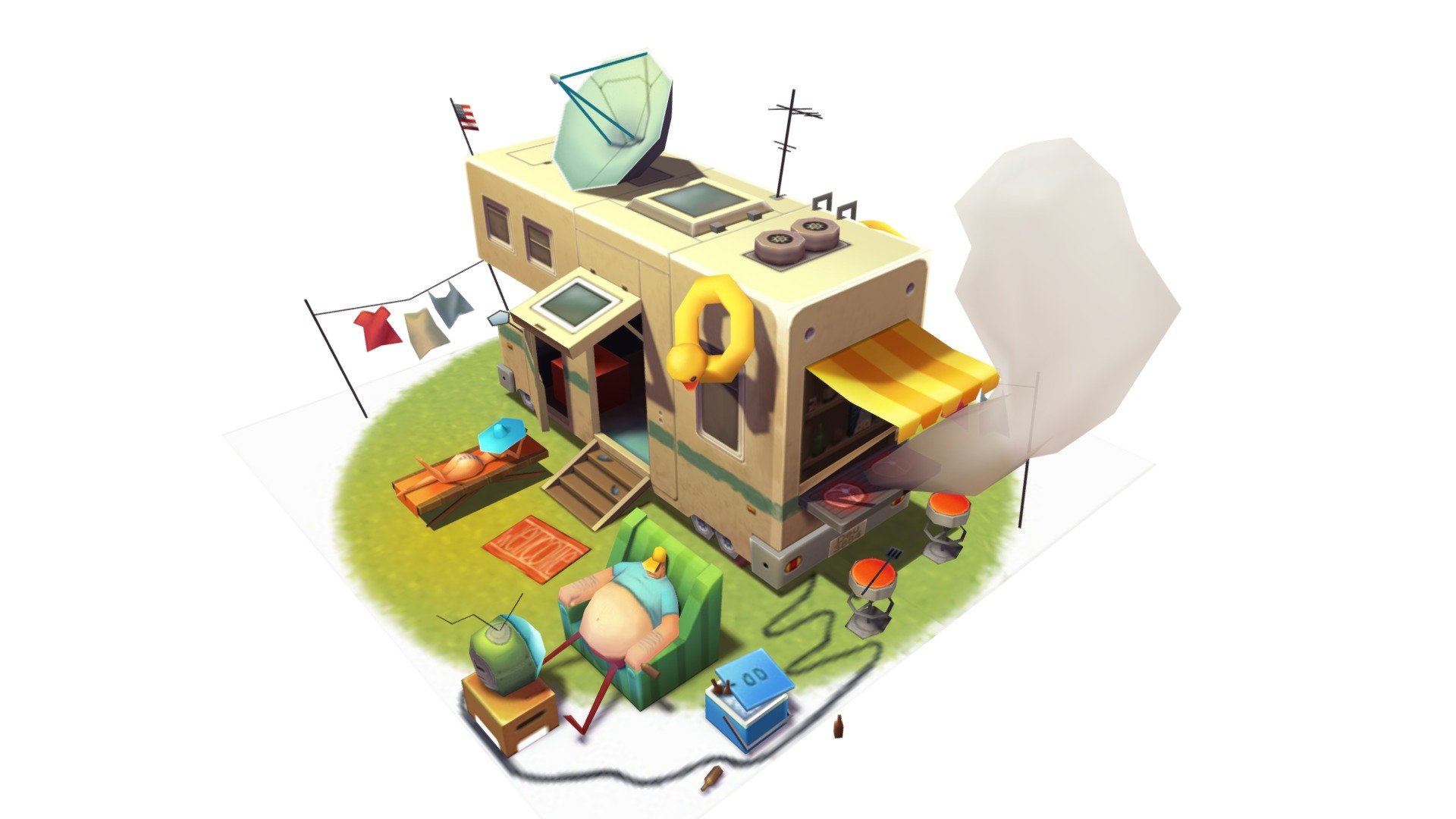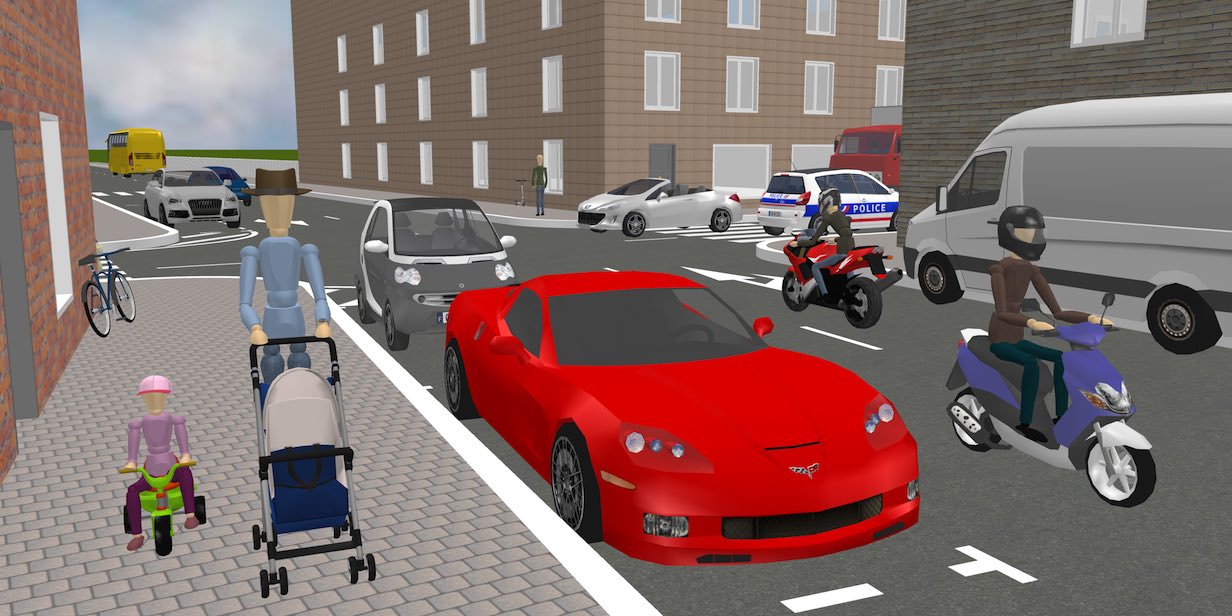

A comparative review and discussion of the proposed categories is presented towards the identification of the most efficient aspects of the proposed categories. We analyze a number of technologies, methodologies, techniques, tools and systems introduced throughout the last years. In this paper, we propose three main research categories, each one consist of several sub-categories, relying on crowd simulation for crisis management aspects and we present the outcomes of the last decade, focusing mostly on works exploiting multi-agent technologies. There have been extended research works suggesting new methods and techniques for those categories of problems. For better outcomes, recent research has focused on the separation of the problem of crisis management, to multiple research sub-fields (categories), such as the navigation of the simulated pedestrians, their psychology, the group dynamics etc. Along those years, there have been published hundreds of research articles and have been created numerous different systems that aim to simulate crowd behaviors, crisis cases and emergency evacuation scenarios. As the continues evolution of computational resources increases, along with the capabilities of Artificial Intelligence, the demand for better and more realistic simulation has become more attractive and popular to scientists. The last few decades, crowd simulation for crisis management is highlighted as an important topic of interest for many scientific fields. The system is validated by comparisons to existing methods In the design of the proposed tool, the concept of crowd simulation is used and developed. With proposed system, a potential user can generate a sequence of random images involving different times of day, weather conditions, and scenes for use in tracking evaluation. Presented approach highly outperforms existing solutions in the size of the data and variety of annotations possible to create. Here, using gained experiences, an alternative benchmarking solution is presented, which employs methods and tools obtained from the computer-game domain to create simulated video data with automatic annotations.
#Sweet home 3d cars models manual
Presently, benchmarking methods for tracking and action-recognition algorithms rely on manual annotation of video databases, prone to human errors, limited in size and time-consuming. Their development highly relies on benchmarking scenarios, which enable reliable evaluations/improvements of their efficiencies. Tracking and action-recognition algorithms are currently widely used in video surveillance, monitoring urban activities and in many other areas. The paper is concluded with some highlights and open questions for future directions. A general framework toward the future crowd simulation for crisis management is presented to yield the most realistic outcomes. A comparative review and discussion of the proposed categories is presented toward the identification of the most efficient aspects of the proposed categories. In this paper, we propose three main research categories, each one consisting of several sub-categories, relying on crowd simulation for crisis management aspects and we present the outcomes of the last decade, focusing mostly on works exploiting multi-agent technologies.

For better outcomes, recent research has focused on the separation of the problem of crisis management, to multiple research sub-fields (categories), such as the navigation of the simulated pedestrians, their psychology, group dynamics etc. Along those years, there have been published hundreds of research articles and numerous different systems have been created that aim to simulate crowd behaviors, crisis cases and emergency evacuation scenarios. As the continuous evolution of computational resources increases, along with the capabilities of Artificial Intelligence, the demand for better and more realistic simulation has become more attractive and popular to scientists.

The last decades, crowd simulation for crisis management is highlighted as an important topic of interest for many scientific fields.


 0 kommentar(er)
0 kommentar(er)
